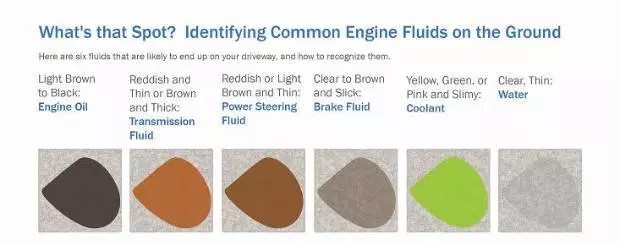With 775 cars per citizen, Australians are in the top 10 car loving nations, and if we look at the data from previous years, this love is only expected to grow. There are almost 18 million cars Down Under, which means 92.5% of households own one. Or two! Quite commonly, this second vehicle is used or perhaps passed down in the family. As an economic proposition owning a brand new car is an appealing concept for a number of Aussies, but for the purchase of another vehicle (often necessary for families) the price/quality ratio usually favours the used variety.
When purchasing used cars the preferences greatly differ depending on the lifestyle of the buyer, too, and not only their budget. For example, research conducted by Carzoos shows that reliability and maintenance actually outweigh the price when it comes to decision time. It also shows that different generations and sexes look for completely different things when buying a car. Nevertheless, regardless of who you are, here are some things you definitely have to check off your list when thinking of buying a used car.
Check the outside
 When you are looking at the exterior, be ready to get down and dirty. Firstly, check the tyres. Are they the same brand, and of the same quality? If some are more worn than the others, a misalignment is most likely present. Fortunately, that should be a cheap repair.
When you are looking at the exterior, be ready to get down and dirty. Firstly, check the tyres. Are they the same brand, and of the same quality? If some are more worn than the others, a misalignment is most likely present. Fortunately, that should be a cheap repair.
Then, move on to inspect the body of the car for any dents or scratches. These could be indicators of accidents, especially if you notice some rust. Also, even if it was a minor accident, if it wasn’t repaired properly, you’ll end up paying for it again.
Looking at the doors, fenders and shut lines, these should generally all be uniform. Check if all the doors work properly. If there’s some funny musty smell coming from the car, that’s a clear warning sign of water damage.
Finally, if everything seems in place, the last thing to do is to get under the car and see if there is any damage or rust. Another less dirty test is checking the exhaust pipe. Run your finger around its inside. A greasy residue tells you the engine is burning oil, which is highly undesirable.
Get an inside look
Here’s the fun part: when inside the car, turn everything on! The air conditioner, windshield wipers, audio system, lights, signals…basically everything, including seat adjustments, (automatic) windows and locks. Of course, there’s the odometer telling you the mileage, which should match what the seller has told you.
Under the hood
When you lift it up, make sure there are no signs of structural damage inside the engine bay or that rust is present. Take a good look at the hoses and belts. If you notice any cracks, this could potentially mean a financial outlay into the hundreds to replace them. There is another problem that could cost you thousands: pay special attention if there are dark, oily stains on the engine block. If you’re dealing with a leaky gasket, you’re in for a costly repair.
The fluids are to be inspected, too. Transmission fluid is supposed to be pink or red, while there should not be any foam residue inside the oil cap since these are signs of a leaking or a blown gasket.
The test drive
Finally, if everything else is in order, you can do what your ultimate goal is: drive the vehicle. That test begins the moment you turn the key. How long does it take to start up? Any shaking, or strange noises? Check the brakes in the city, where you’ll most likely be in stop-start traffic. When you get out onto the road, make sure to test it on different roads (freeways and city streets) and at different speeds, observing how the car behaves in all those different conditions.
Spot the leak
 Source: https://blog.allstate.com/find-the-fluid-identifying-your-cars-drips/
Source: https://blog.allstate.com/find-the-fluid-identifying-your-cars-drips/
While still on the test drive, park the car on a clean spot, and let the engine run for 30s minimum. Then, put in reverse and see if there are any leaking fluids on the ground (not necessarily black – pink or green are warning signs, too).
After all, is said and done and you feel pretty satisfied with the car in general, don’t rush to hand over the cash. The final step is to look for a mechanic who can professionally check the vehicle for you and give you the all clear. Do your research online and compare reviews and see if it truly is the right fit for you. A hasty purchase is a bad purchase, so take your time and it will definitely pay off.



